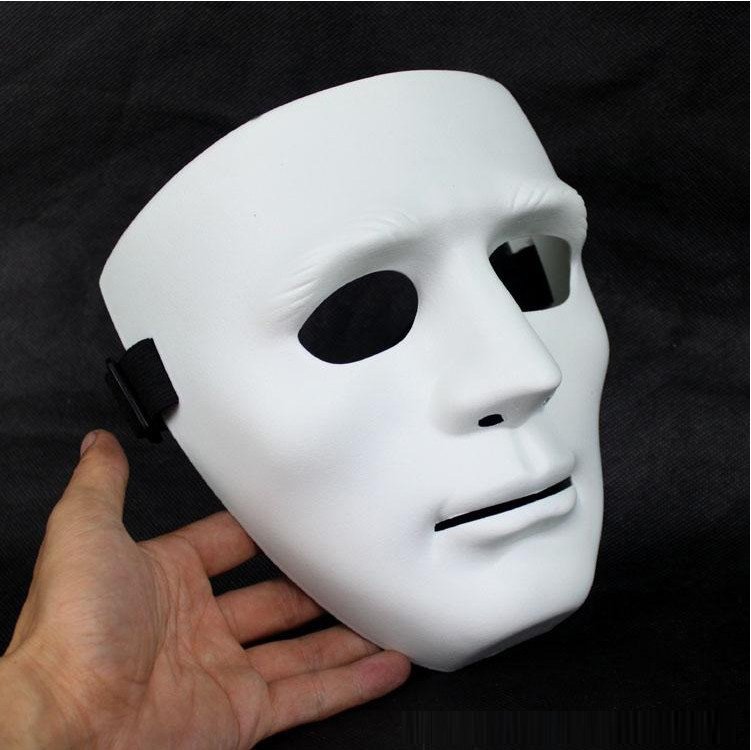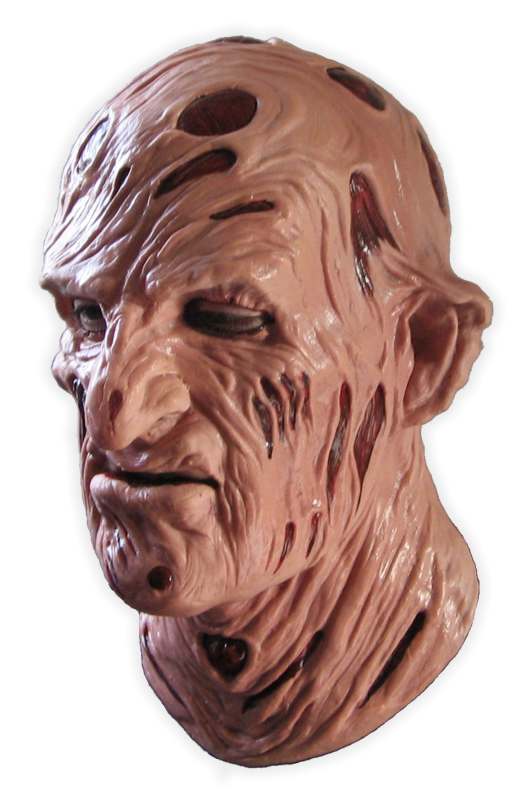Halloween Masks
Masks have been designed in many ways over the course of history, ranging from the crude "false face" held by a handle to complete head coverings with movable parts. Across the centuries, a myriad of different indigenous materials have been used. Some of these include: metal, shells, feathers, ivory, clay, stone, horn, paper and even corn husks. They were usually worn with a costume, which completed the identity represented by the mask. Anthropomorphic masks depict human features while those representing animals are called theriomorphic.
In traditional societies, masks were sacred objects used for ancestor worship, healing and fertility rites. Symbolic masks were worn during ceremonies portraying gods, animals and spirits. With the advent of classic drama in ancient Greece, theater masks were introduced via the 6th century BC poet, Thespis, who is considered to be the originator of theatrical tragedy. These masks were often constructed of painted canvas and fitted at the mouth where a small megaphone was inserted for amplification of the actor’s voice.












No comments:
Post a Comment